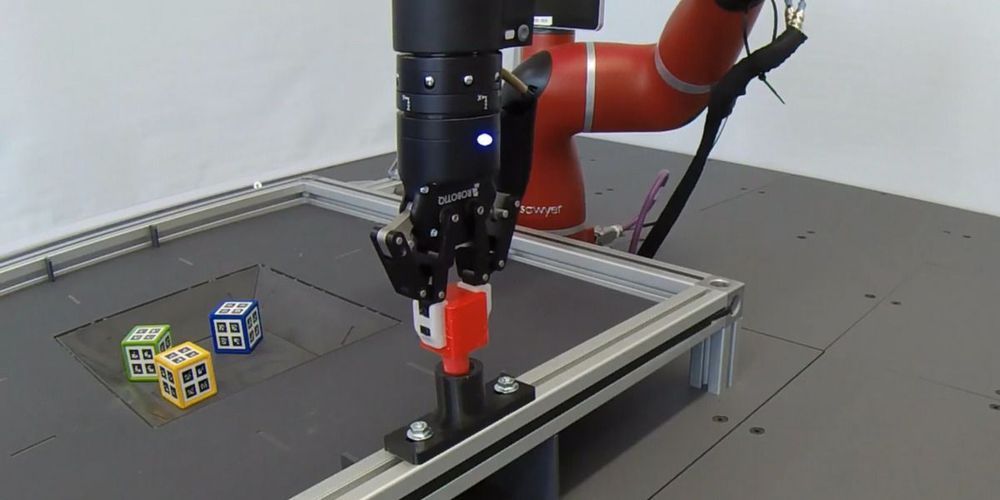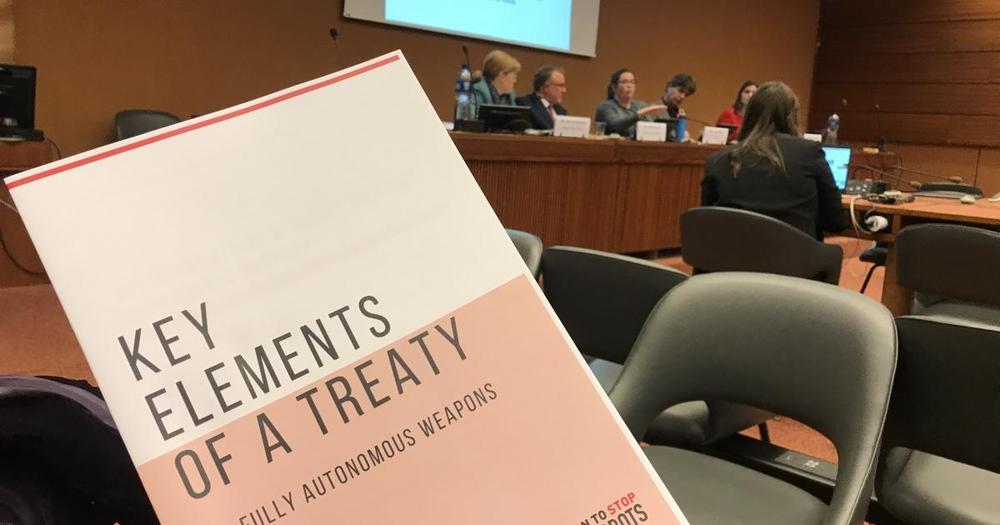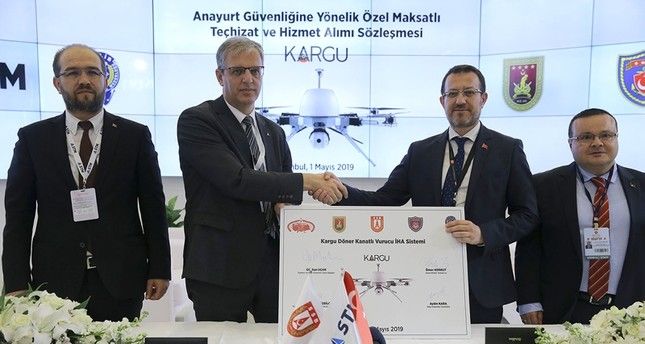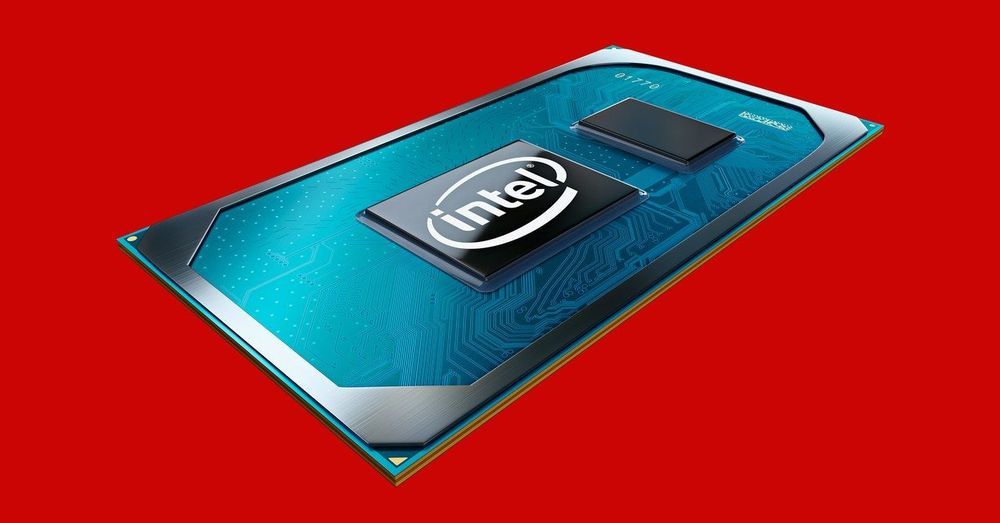Your brain is the orchestra that plays the symphony of your mental experience and your awareness, and that experience is your window on existence and on the universe. Our aim is to preserve, restore, and even improve your mental experience beyond the limits of biology. With dedication, scientific advances within our lifetimes may allow us to record the unique arrangement and responses of neurons and synapses that encode your memories, their active behavior, and ultimately to restore all of that in a neural prosthesis that seamlessly repairs a brain function, or a complete artificial brain. Some of this is still reminiscent of science fiction, but each challenge is well on its way to being a tractable technology problem supported by scientific evidence and understanding.
Category: robotics/AI – Page 2,190
Building in Space: Using Maxar’s Robotics to Enable Sustainable Space Operations
Combining Maxar’s capabilities in robotics, spacecraft and space systems operations creates the opportunity to deploy and maintain revolutionary new space architectures. Since the dawn of space exploration, pioneers in the field envisioned sustainable space stations enabled by in-space assembly, manufacturing and servicing. Wernher Von Braun conducted a detailed study in 1945 that defined the deployment and construction of the rotating wheel space station. The design included maintaining artificial gravity and oxygen levels. Today, NASA has led the construction and continuous operation of the International Space Station for over 20 years, demonstrating the technical feasibility of large-scale in-space assembly and servicing.
Recently, Maxar has been working with NASA on concepts for both human-tended and uncrewed sustainable space platforms. These in-space assembled structures provide basic functions and a modular interface for new and evolving payloads and missions. The lunar orbiting Gateway will be one such platform where the Maxar-developed Power and Propulsion Element will provide the foundation of power, maneuvering, communications systems and initial docking capabilities. Additional Gateway segments will plug-in to the Power and Propulsion Element to make use of these systems. The versatility of the Power and Propulsion Element also allows it to be refueled in orbit, and we are working with NASA to conceive the architecture that could resupply the Gateway with fuel and other essentials.
Another concept we’ve been developing with NASA is an uncrewed “science station” that is constructed in sun synchronous LEO orbit and features science instruments that are robotically installed, upgraded, and replaced over time. This allows for co-location of science instruments, which is often desired or necessary, while eliminating the need to budget for, develop, integrate and launch all the payloads simultaneously on a single launch.

Deep learning vs. machine learning: Understand the differences
Machine learning and deep learning are both forms of artificial intelligence. You can also say, correctly, that deep learning is a specific kind of machine learning. Both machine learning and deep learning start with training and test data and a model and go through an optimization process to find the weights that make the model best fit the data. Both can handle numeric (regression) and non-numeric (classification) problems, although there are several application areas, such as object recognition and language translation, where deep learning models tend to produce better fits than machine learning models.


Ringing the Alarm on Killer Robots
Major military powers are racing to embrace weapons that select and fire on targets without meaningful human control. This is raising the specter of immoral, unaccountable, largely uncontrollable weapon systems – killer robots. It is also driving fears of widespread proliferation and arms races leading to global and regional instability.
There is increasing recognition that it’s time to ring the alarm on these weapons systems. This month in Paris, United Nations Secretary-General Antonio Guterres called for a new international treaty to ban killer robots, stating that “machines that have the power and discretion to kill without human intervention are politically unacceptable and morally despicable.”
Yet at last week’s meeting of the Convention on Conventional Weapons (CCW) at the UN in Geneva, states made no progress towards launching negotiations on a treaty to ban or restrict such fully autonomous weapons. Instead, they agreed to spend the next two years developing a “normative and operational framework” to address concerns raised by such weapons systems.

Domestically-developed kamikaze drones to join Turkish army’s inventory as of 2020
Coming soon to crowd suppression near you…
30 upgraded KARGU (Autonomous Tactical Multi-Rotor Attack UAV) kamikaze drones developed by Turkish defense contractor Defense Technologies Engineering and Trade Inc. (STM) will join the Turkish Armed Forces’ inventory as of 2020 to take part in critical operations in the country’s east and along the Syrian border.
The KARGU battle drone, which was developed by the STM to support the tactical and field needs of Turkish security forces, eliminates targets more efficiently with new features such as enhanced ammo capacity and improved accuracy. The 30 drones will also have the capacity to destroy an entire brigade and warship.
STM General Director Murat Ikinci said that the previous drones they developed had offered Turkey great military power, but the newest upgrade would take the Turkish military to the next level. He added that the KARGU drone was far superior to its current competitors on the market, the Turkish daily Hürriyet reported.

Autonomous Weapons Systems and the Laws of War
A race in autonomy poses a particular danger because the consequences of investing machines with increased intelligence and decision-making authority are largely unknown and could prove catastrophic. In their haste to match the presumed progress of likely adversaries, states might field robotic weapons with considerable autonomy well before their abilities and limitations have been fully determined, resulting in unintended fatalities or uncontrolled escalation.”
I salute the Arms Control Association … for its keen vision of the goals ahead and for its many efforts to identify and to promote practical measures that are so vitally needed to achieve them.
– Amb. Nobuyasu Abe

Kurds call on US to block Turkish military drones from Syrian air space
Many times now, I have pointed out that the use of Killer Robots should be a war crime. It might not be a theoretical occurrence anymore.
“Syrian Kurds are asking the Pentagon to block US-controlled air space over north-eastern Syria to Turkish armed drones which they claim are causing significant civilian casualties.”
Unmanned weapons ‘targeting anything they wish to’ as Kurds say Turks have killed 509 civilians and 412 troops.
How To Innovate In Biomedicine With Limited Resources For Big Results
STEM Bootstrapping in Bio-Medicine! — On this recent ideaXme (https://radioideaxme.com/) episode, I was joined by 24 year old Malawian inventor, Sanga Marcarios Kanthema, founder and CEO of two companies, Dolphin Health Innovations and QubiX Robotics, who’s bringing health tech innovations to one of the world’s poorest countries — #Ideaxme #Malawi #Robotics #EKG #Stethoscope #Prosthetics #MobileHealth #SmartPhones #Telemedicine #MedicalDrones #Health #Wellness #Longevity #IraPastor #Bioquark #Regenerage
Ira Pastor, ideaXme exponential health ambassador and founder of Bioquark, interviews Sanga Kanthema, 24 year old electronics specialist and founder and CEO of two Malawi-based companies, Dolphin Health Innovations and QubiX Robotics.
Ira Pastor Comments:
On today’s show we are going to continue our “virtual global road trip” and our discussions about STEM (Science, Technology, Engineering and Mathematics) initiatives, and about ways they are disrupting the status quo. In doing so, we are heading back to the continent of Africa.
But first, we are going to start with some disconcerting statistics on the healthcare front.
